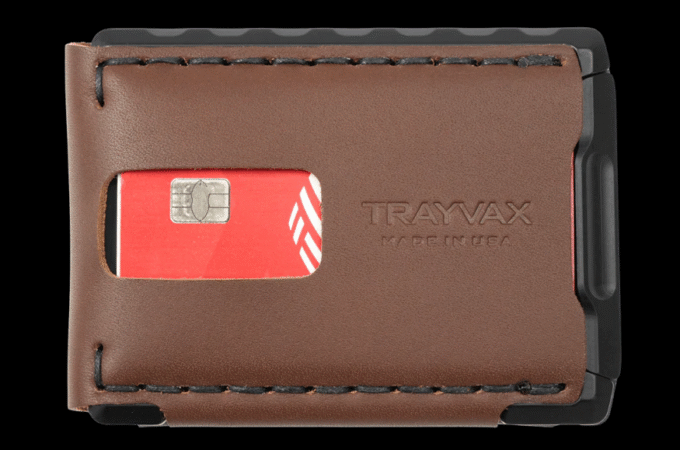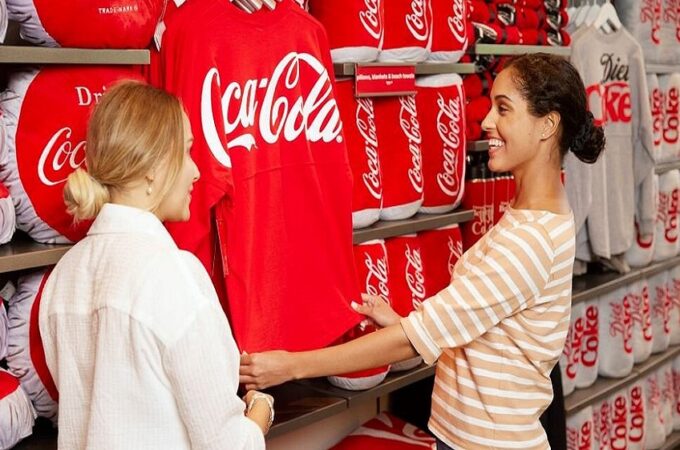
Sustainable Event Structures: Materials and Methods that Reduce Waste
In today’s event industry, sustainability is no longer a nice-to-have, it’s a necessity. As brands increasingly prioritize environmental responsibility, the demand for sustainable event structures and display stands is on the rise. From material innovation to smart design practices, here’s how forward-thinking companies are reducing waste without sacrificing creativity or impact.
1. Modular Design for Reuse and Flexibility
One of the most effective ways to reduce waste is by designing event structures with reuse in mind. Modular systems made from standardized components can be reassembled in various configurations, allowing brands to repurpose their structures across different events and locations. This approach not only minimizes material waste but also cuts down on logistics costs.
2. Eco-Friendly Materials
A growing number of exhibition designs are moving away from traditional materials like MDF and PVC, opting instead for sustainable alternatives. Recycled aluminum, bamboo, reclaimed wood, and biodegradable textiles are becoming staples in eco-conscious booth construction.
3. Digital Over Print
Digital displays and LED walls are replacing printed banners and foam boards. Not only does this make content updates easier, but it also contributes to a sleeker, tech-forward aesthetic.
4. Smart Shipping and Lightweight Builds
Transportation accounts for a significant portion of an event’s environmental impact. Lightweight designs reduce fuel consumption during shipping and are easier to set up and dismantle, saving time, labor, and emissions. Flat-pack shipping options and stackable elements also reduce space and packaging waste.
5. Rental and Refurbishment Models
Not every brand needs to build from scratch. Rental systems for exhibition booths and display stands allow for high-quality, professionally designed structures without the material waste of one-off builds. Many suppliers also refurbish components for future use, creating a circular design model that benefits both the environment and the bottom line.
6. Certifications and Standards
When choosing materials or suppliers, brands are now looking for certifications such as FSC (Forest Stewardship Council), GREENGUARD, or Cradle to Cradle. These designations ensure that the materials meet environmental and safety standards, giving event planners confidence in their sustainability claims.
Leading the Change
Sustainable event design isn’t about compromise, it’s about innovation. As materials and technologies evolve, the industry has more options than ever to create stunning, eco-friendly brand environments. By rethinking how exhibition displays are designed, built, and reused, companies can make a positive impact without sacrificing effectiveness.
At CDI World, we’re committed to building smarter, greener exhibition solutions. Whether you’re planning a large-scale event structure or a sleek, modular display stand, we have the expertise to bring your sustainable vision to life.





